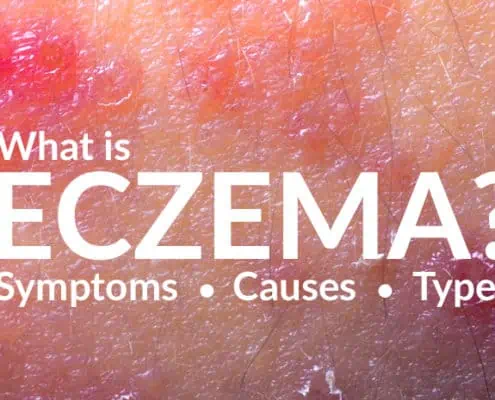
OC 949-428-4500
LA 310-460-2444

Treating eczema, a condition whose cause remains unclear, can turn out to be a rather sensitive topic.
For one thing, most over-the-counter and doctor-prescribed treatments for eczema have been proven to be ineffective – not to mention expensive and laced with side effects.
That being said, it’s important to know how to prevent the evolution of mild cases of eczema and alleviate the pain caused by the more severe ones.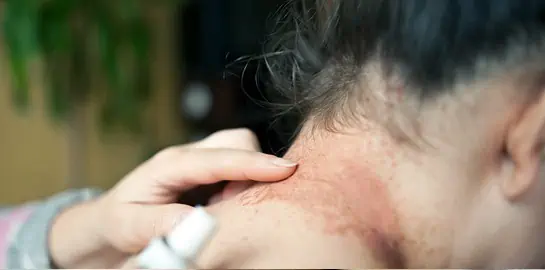
There are several steps you can take, in order to make sure your eczema stays manageable. Here’s what good skin care looks like:
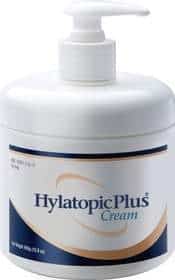
When the skin is functioning properly, its main feature is to create a barrier between your body and the outside world. For people with eczema, this barrier often breaks down. That’s where strong moisturizers step in – we’re talking moisturizers that can only be obtained at a doctor’s office. Brand names include Mimyx, Epicuren, and Hylatopic Plus.
Bear in mind that these are not cosmetic-grade moisturizers, since they don’t contain alcohol or anti-aging ingredients. Proper use involves applying them liberally and frequently, up to 3 times a day, directly to the eczema patches. You will need to try several products to find which one works best for your skin, as some will tend to leave it oilier than others. Finally, proper use of creams or ointments can reduce or eliminate your need for topical corticosteroid treatment.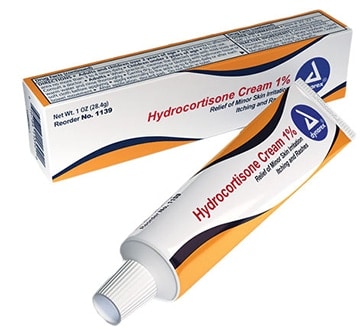
These include:
Steroids are natural hormones produced by the human body. In some situations, such as a severe bout of eczema rash, medical, synthetically-obtained steroids may be needed to help alleviate the symptoms. They will minimize the inflammation and help cracked skin heal. They need to be applied once or twice per day, during treatment, to the active eczema rash areas.
Some people, who experience nearly continuous bouts of eczema flare-ups, will be prescribed ‘weekend therapy’. This means they will have to apply topical steroids to the affected area 2 days each week.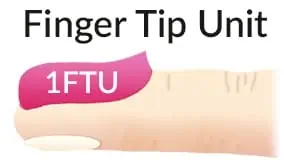
The measuring unit used to determine the quantity of steroids that you need is FTU (= Finger Tip Unit). You may use them before or after applying an emollient—just make sure to leave 30 minutes in between the two applications.
The safety of topical steroids depends on their strength, condition, and the age of the patient. Some such eczema treatments can cause side effects. Hydrocortisone 0.05%, 0.1%, 0.5% and 1% is not likely to cause adverse reactions. However, be careful with taking oral corticosteroids—they are usually prescribed by doctors when all else fails and are far more potent than topical steroids.An alternative to prescription-strength emollients for people with severe eczema is ultraviolet light therapy. Its benefits have yet to be proven resolutely, but it has been known to work in some cases.
Finally, when all else fails, your doctor may prescribe an eczema treatment that directly targets your immune system. There are two such categories of drugs that have been known to work:
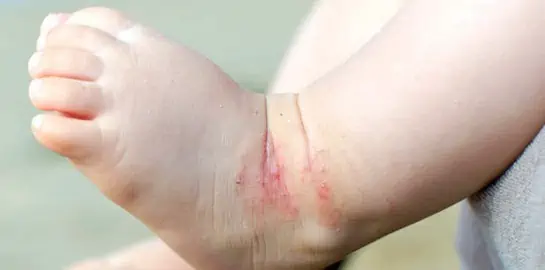
It can be a bit scary to see that your beautiful, otherwise perfect little bundle of joy developing red, irritated, and flaky skin patches known as “baby eczema”. When they crack and baby is suddenly covered in crusts and scars, things only get scarier.
However, there’s no reason to panic: 10-15% of babies develop baby eczema. The good news is that it’s entirely treatable. Here are the steps you need to take, in order to deal with it:There are plenty of other conditions that may look like eczema, but are not it. These include cradle cap (less red and scaly), which is less severe and usually clears up by the age of 8 months.
Unlike eczema, it shows up on the sides of the nose, eyelids, eyebrows, behind the ears, and on the scalp. Make sure your child gets properly diagnosed, before attempting any type of treatment.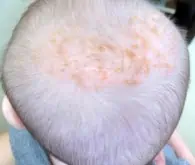
As explained above, proper skin care is essential to alleviating the difficulties of eczema rashes. Give your kid lukewarm baths and apply ceramide-containing moisturizers. Eczema develops when the skin does not contain enough of these fatty cells, which literally create the skin barrier.
You can buy such creams over the counter, and you can also opt for any perfume-free cream, petroleum jelly, or ointment. Apply them a couple of times each day, especially after bath time.

If a week of OTC hydrocortisone treatment has gone by and your baby is not responding (i.e., you’re not seeing the eczema receding), talk to your doctor for a prescription baby eczema treatment.
Be particularly wary of pus-filled blisters emerging over the affected skin patches, as these may signal a bacterial infection. Also, try to keep the baby out of contact with anyone suffering from cold sores or genital herpes, as they may be particularly sensitive to them, when affected by eczema.
AMA Regenerative Medicine & Skincare | 1570 Brookhollow Dr., Santa Ana, CA 92705 | 6310 San Vicente Blvd STE 285, Los Angeles, CA, 90048 | Privacy Policy